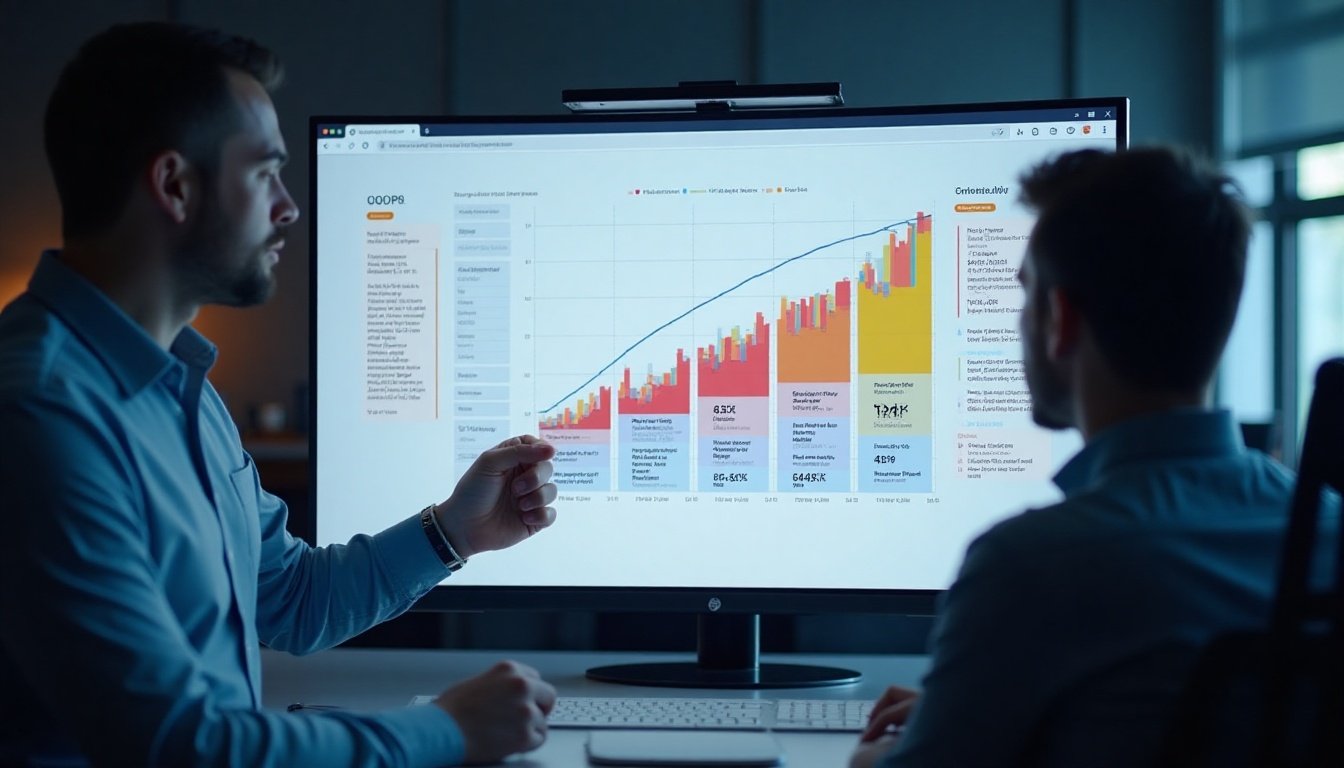The digital landscape is evolving rapidly, and staying ahead of the latest trends is crucial for businesses and entrepreneurs. As we move into 2025, new technologies, consumer behaviors, and market demands are shaping the future of digital products.
In this blog post, we’ll explore the top digital product trends in 2025 that will dominate the industry, helping you stay competitive and innovative.
AI-Powered Personalization
Artificial Intelligence (AI) continues to revolutionize digital products by enabling hyper-personalized experiences. From AI-driven chatbots to dynamic content recommendations, businesses are leveraging machine learning to deliver tailored user experiences. Expect AI to enhance e-commerce, streaming services, and SaaS platforms with predictive analytics and real-time customization.
Voice-Activated and Conversational Interfaces
Voice search and conversational AI (like ChatGPT and voice assistants) are becoming mainstream. By 2025, more digital products will integrate voice commands and natural language processing (NLP) for seamless interactions. Optimize your digital products for voice search and develop voice-enabled apps to improve accessibility and user engagement.
Extended Reality (XR) – AR & VR Expansion
Augmented Reality (AR) and Virtual Reality (VR) are no longer limited to gaming. Industries like e-commerce, real estate, healthcare, and education are adopting XR for immersive experiences. Brands using AR for virtual try-ons (e.g., fashion, furniture) will see higher conversion rates.
Web3 and Decentralized Apps (dApps)
Blockchain technology and Web3 are reshaping digital ownership and transactions. Decentralized apps (dApps), NFTs, and smart contracts are gaining traction, offering transparency and security. Businesses exploring Web3 can create decentralized marketplaces, tokenized loyalty programs, and secure digital identities.
Sustainable and Ethical Digital Products
Consumers are increasingly conscious of sustainability. Digital products that emphasize eco-friendly practices, ethical AI, and carbon-neutral hosting will stand out in 2025. Adopt green web design, optimize energy-efficient coding, and promote ethical data usage.
Super Apps & All-in-One Platforms
Following the success of apps like WeChat and Grab, super apps that combine multiple services (payments, messaging, shopping) will rise in popularity. Businesses should consider integrating multiple functionalities into a single platform for better user retention.
Edge Computing for Faster Performance
With increasing demand for real-time processing, edge computing reduces latency by processing data closer to the user. This trend will enhance IoT devices, cloud gaming, and AI applications. Companies relying on real-time analytics (e.g., autonomous vehicles, smart cities) should invest in edge computing.
Privacy-First Digital Experiences
Data privacy regulations (like GDPR and CCPA) are tightening. Users demand more control over their data, leading to zero-party data collection and privacy-focused designs. Implement transparent data policies and prioritize user consent in your digital products.
No-Code/Low-Code Development
No-code platforms (like Bubble, Webflow) are empowering non-developers to build digital products faster. This trend will accelerate startup innovation and MVP development. Small businesses and entrepreneurs can leverage no-code tools to launch apps and websites without heavy technical investment.
AI-Generated Content & Synthetic Media
Generative AI tools (like DALL·E, MidJourney, and GPT-5) are transforming content creation. Expect more AI-generated videos, personalized marketing copy, and virtual influencers in 2025. Brands should experiment with AI content tools while maintaining authenticity.
Final Thoughts: Preparing for 2025
The digital product landscape in 2025 will be driven by AI, immersive tech, decentralization, and sustainability. Businesses that adapt to these trends early will gain a competitive edge.
🚀 Action Step: Audit your current digital products and identify areas where these trends can be integrated for growth.





